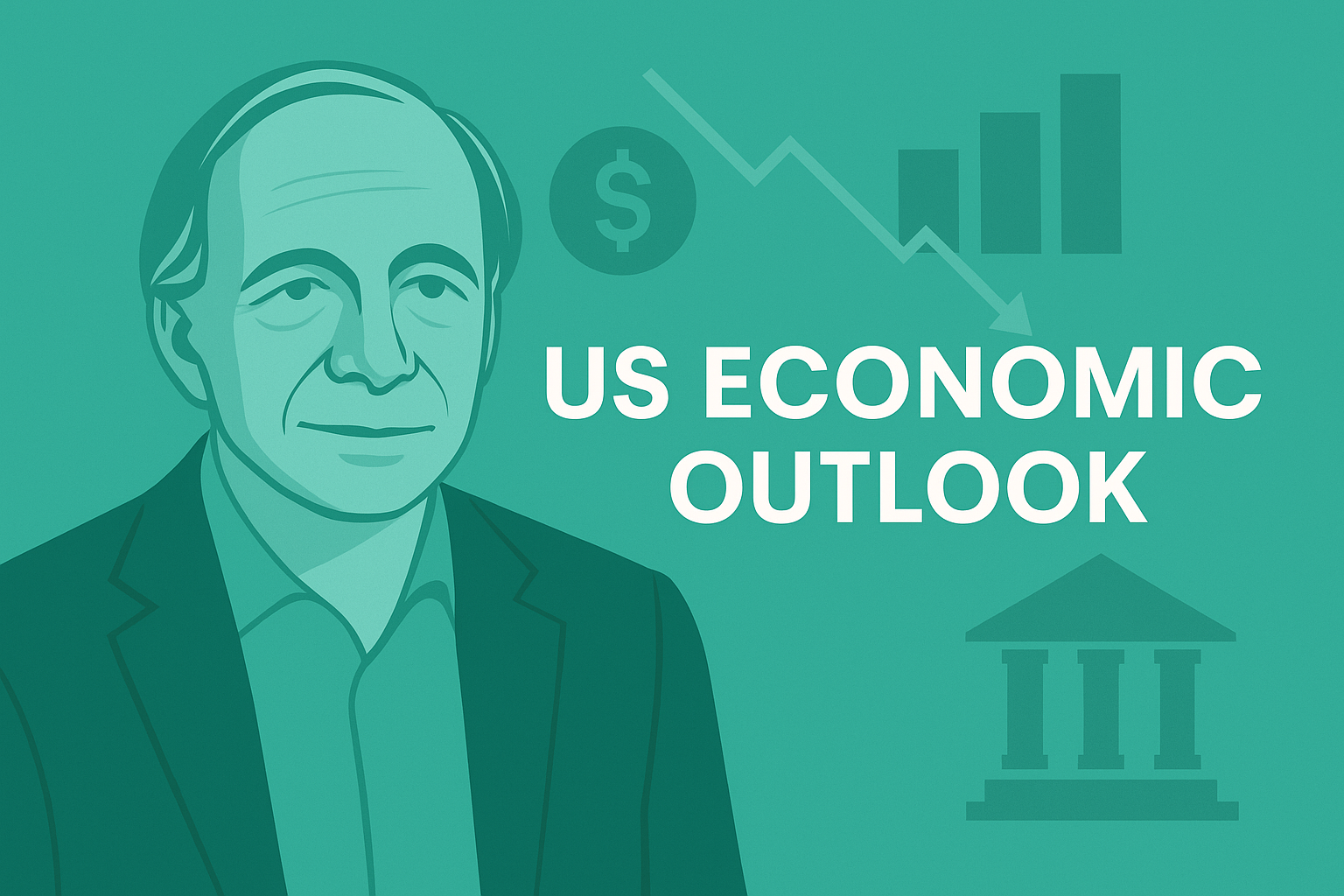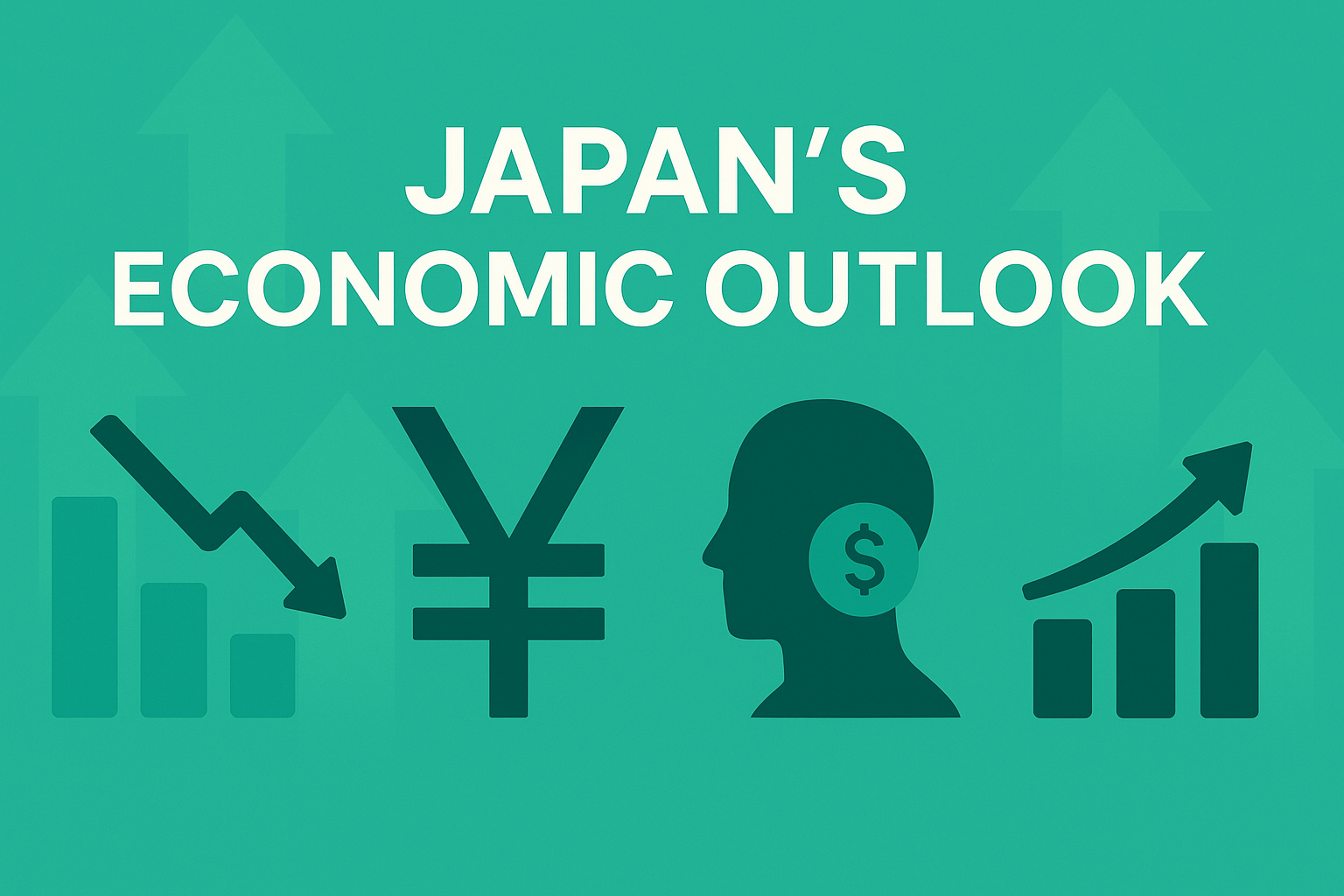Wrote by:Global Economist 2025.09
Executive Summary
As of late summer 2025, the U.S. economy is facing growing uncertainty driven by weakening labor market data, judicial challenges to tariff policies, and the weight of rising public debt. Legendary investor Ray Dalio has warned that America today resembles the 1930s era of internal fragility, and recent developments lend credibility to that view.
What the Labor Market Is Signaling
August nonfarm payrolls rose by only 22,000 jobs, far below expectations, while the unemployment rate climbed to 4.3%—the highest in four years. Downward revisions to prior months confirm that job creation has been stalling.
- Households: Slower income growth threatens consumer spending, which drives nearly 70% of U.S. GDP.
- Businesses: Investment and hiring plans are being delayed, reflecting caution about demand.
- Policy: The Federal Reserve is now under stronger pressure to begin rate cuts in September, as markets have already priced in an easing cycle.
Tariff Policies and Judicial Rulings
The Trump administration’s broad-based tariffs were recently struck down as largely unlawful by a U.S. appeals court, and the case is moving toward the Supreme Court. If the ruling is upheld:
- The government could face refund claims on billions of dollars in tariff revenue.
- Import prices would decline, helping to ease inflation pressures.
- However, trust in the coherence and credibility of U.S. policymaking would further erode.
Ray Dalio’s Warning
Bridgewater Associates founder Ray Dalio has repeatedly cautioned that the U.S. faces structural risks similar to the 1930s, pointing to:
- Wealth inequality and social polarization, fueling populism and political extremism.
- Institutional distrust, as the independence of the Federal Reserve and judiciary is questioned.
- Unsustainable debt growth, which Dalio warns could lead to a “debt-induced heart attack” within a few years.
The weakening labor data and legal challenges to tariffs exemplify the dynamics Dalio has been highlighting.
Forward Scenarios
Scenario A: Soft Landing (Probability: Medium)
- Rate cuts support growth.
- Partial tariff adjustments ease cost pressures.
- Consumption stabilizes, and growth continues modestly.
Scenario B: Prolonged Uncertainty (Probability: High)
- Conflict between executive, legislative, and judicial branches continues.
- Business investment and consumer confidence remain weak.
- Growth stalls below potential for an extended period.
Scenario C: Institutional Breakdown (Probability: Medium)
- Tariff refunds and debt burdens trigger fiscal stress.
- Investor confidence in U.S. assets declines, raising questions about the dollar’s global role.
- Dalio’s scenario of “internal collapse” moves closer to reality.
Implications for Japan
- External Demand Risk: U.S. weakness is a headwind for Japanese exporters, though tariff rollback could restore some competitiveness.
- Financial Markets: Rate cuts point to dollar weakness and yen strength. Bond yields may fall, offering opportunities for investors.
- Corporate Strategy: Japanese firms should reduce dependence on the U.S. market while shifting supply chains and sales toward India and ASEAN.
Conclusion
The U.S. economy is entering a fragile phase where employment weakness, judicial limits on trade policy, and the debt overhang converge. These developments closely resemble the risks Ray Dalio has warned about—structural fragility from within. While near-term rate cuts may cushion the slowdown, the erosion of institutional trust poses a deeper, long-term threat to America’s economic foundation.


